Submerged aquatic plants lack stem rigidity when removed from the water, are generally rooted and in most cases, make up the majority of nuisance conditions that interfere with human activities. Keep in mind prior to treating submerged plants that they can be a driving force to maintaining water quality by providing oxygen, long-term storage of nutrients, fish cover and a valuable food source for wildlife. At least 15 to 20% of a pond's or lake's surface area should contain aquatic submerged plants.
Identify the plant problem; choose the recommended solution. Not sure what your plant is? Our biologists are always here to help! Call us at 1-800-442-6648 or contact us by email info@aquaticbiologists.com.
Common Problem Submerged Weeds:
American Pondweed Management and Control
American Pondweed has submersed and floating leaves that are oval shaped. The floating leaves may be 2 to 5 inches in length and 3/4 to 2 inches in width.
Bushy Pondweed Management and Control
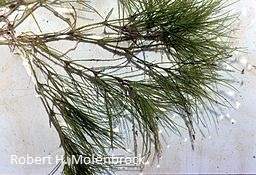
Common in the Naiad family, bushy pondweed is sometimes confused with chara. Leaves are tapered to a fine point with tiny spines. Also, known as Southern Naiad or Brittle Pondweed.
Cabomba (Fanwort) Management & Control
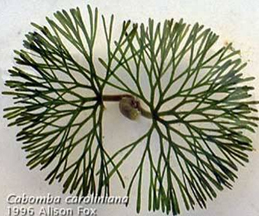
Fanwort prefers lakes and ponds, but can also grow in rivers, streams, sloughs and ditches. Fanwort forms dense stands interfering with swimming, boating and clogging drainage systems.
Clasping Leaf Pondweed Management & Control
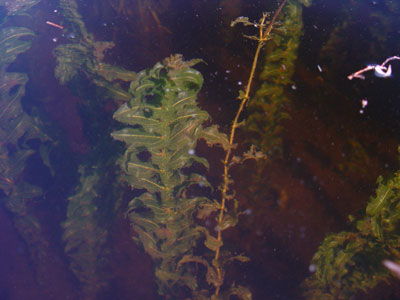
Clasping leaf pondweed leaves are wide and wavy, alternately arranged and have a broad base wrapping around the stem. The upper part of the stem is branched and leafy.
Coontail Management & Control
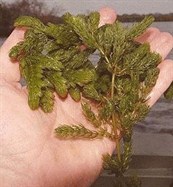
Coontail gets its name from its resemblance to the tail of a raccoon. Lacking true roots this plant can also be found floating. Differentiated from milfoils by forked, not feathery leaves.
Curly-Leaf Pondweed Management & Control

Curly-leaf pondweed is an exotic plant. Usually the first to appear in early spring. Key Identifiers: Leaf veins are clearly visible - wavy (scalloped) outer leaf edges.
Eel Grass (Wild Celery) Management & Control
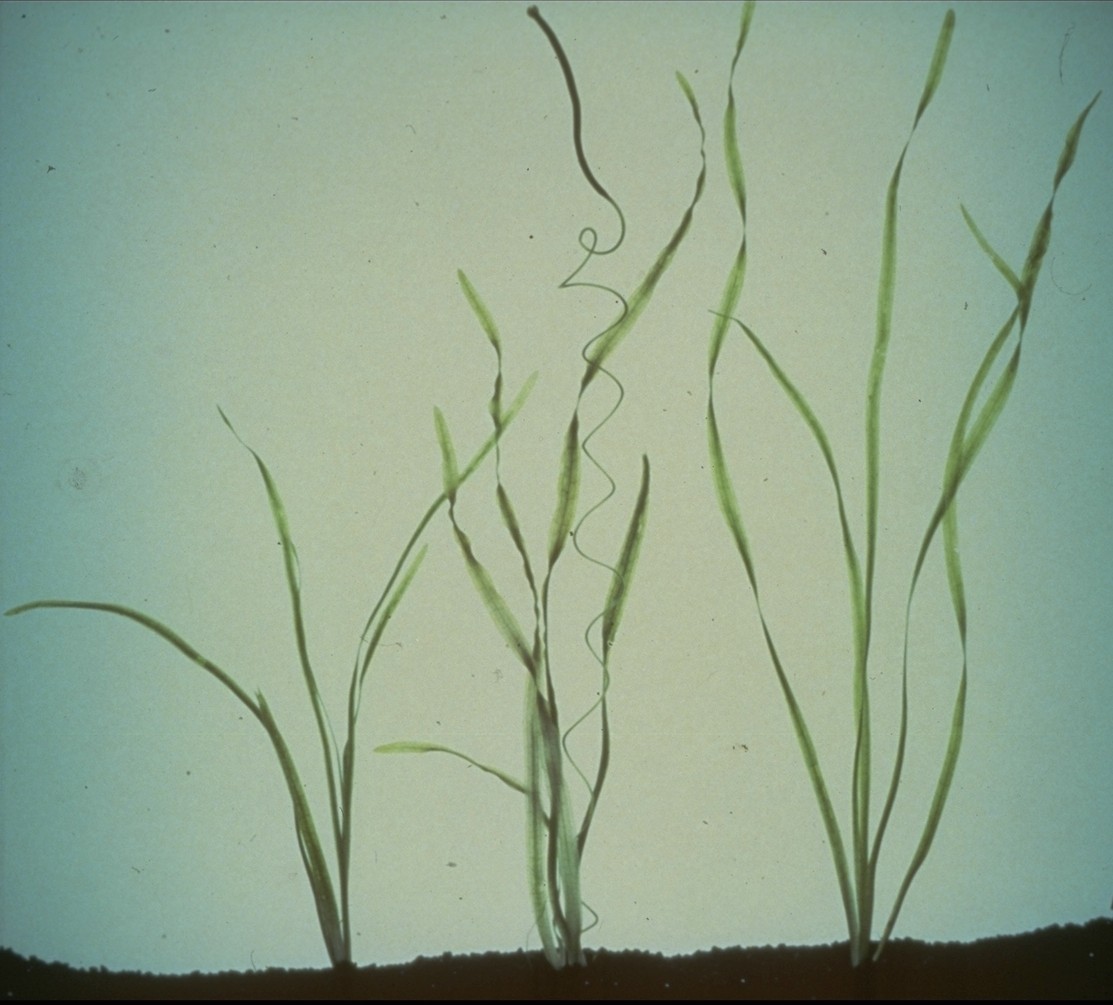
Wild Celery, also called tape or eel grass. Leaves are ribbon like and dark green. Looks similar to turf grass but grows two to three times larger.
Elodea (Water Weed) Management & Control
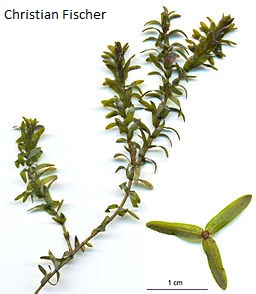
Also, known as Canada waterweed, elodea grows entirely underwater, except for a small white flower that blooms during the summer. Has branched stems, leaves are usually dark green color arranged in clusters of three or four.
Eurasian Watermilfoil Management & Control
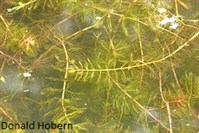
Unfortunately, this exotic plant is established in most states. It grows densely forming surface mats that prohibit recreation and displace desirable native plants communities.
Floating Leaf Pondweed Management & Control

Floating-leaf pondweed has both floating and submersed leaves. The floating leaves are heart-shaped while the submersed are long and narrow.
Horned Pondweed Management & Control

Horned pondweed has long, thread-like leaves and distinctive horned seeds in spring. Unlike many look alike aquatic plants which have flowers that emerge from the water on spikes, horned pondweed has inconspicuous underwater flowers.
Hydrilla Management and Control

Hydrilla is an exotic plant that easily grows to the surface and forms dense mats. The stems are long and branched. The leaves grow in whorls of four to eight. Looks very similar to Brazilian Elodea.
Illinois Pondweed Management and Control
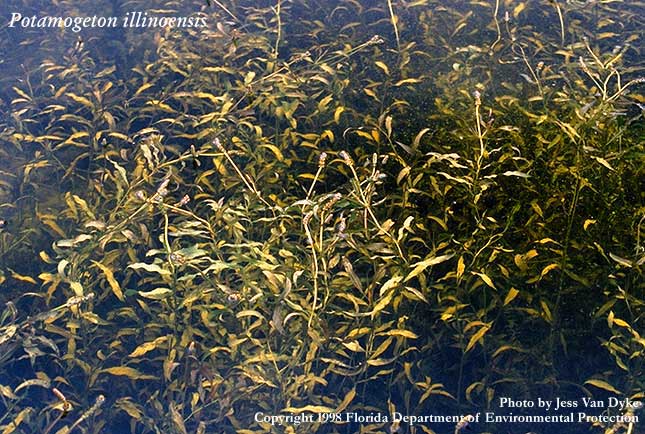
Illinois pondweed is similar to American pondweed, and can be easily confused. Leaves are oval in shape and float on the surface of the water, and are attached to a long stem.
Large Leaf Pondweed Management and Control

Largeleaf Pondweed has thick, large stems. There broad leaves appear wavy and taper toward the stem. There are many types of large leaf pondweeds, a challenge to control.
Northern Milfoil Management & Control

Occurs throughout North America. Stem is hollow with whorled leaves along entire length of plant. Pairs of leaflets will not exceed ten. See also Eurasian watermilfoil. Navigate herbicide is the best choice to control this weed. If growing with a variety of other plants, we recommend a broad-spectrum herbicide.
Parrotfeather Management & Control
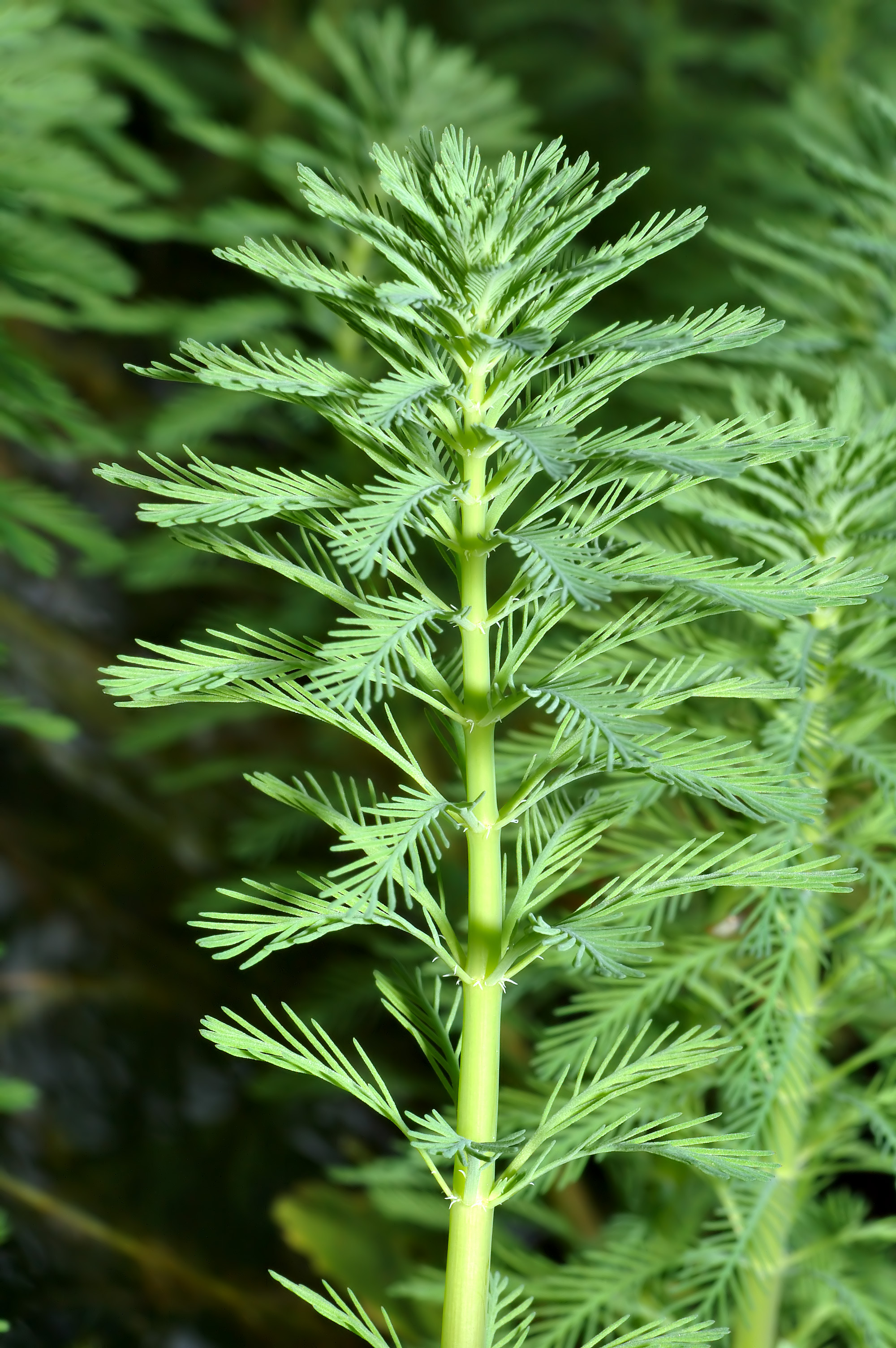
NON NATIVE INVASIVE - Parrotfeather milfoil has stiff, bright green leaves that rise above the water like a forest of tiny fir trees. Leaves have a feather-like shape and are arranged in whorls around the stiff stem. Often creates dense mats on the surface of shallow water or on wet soil.
Sago Pondweed Management & Control
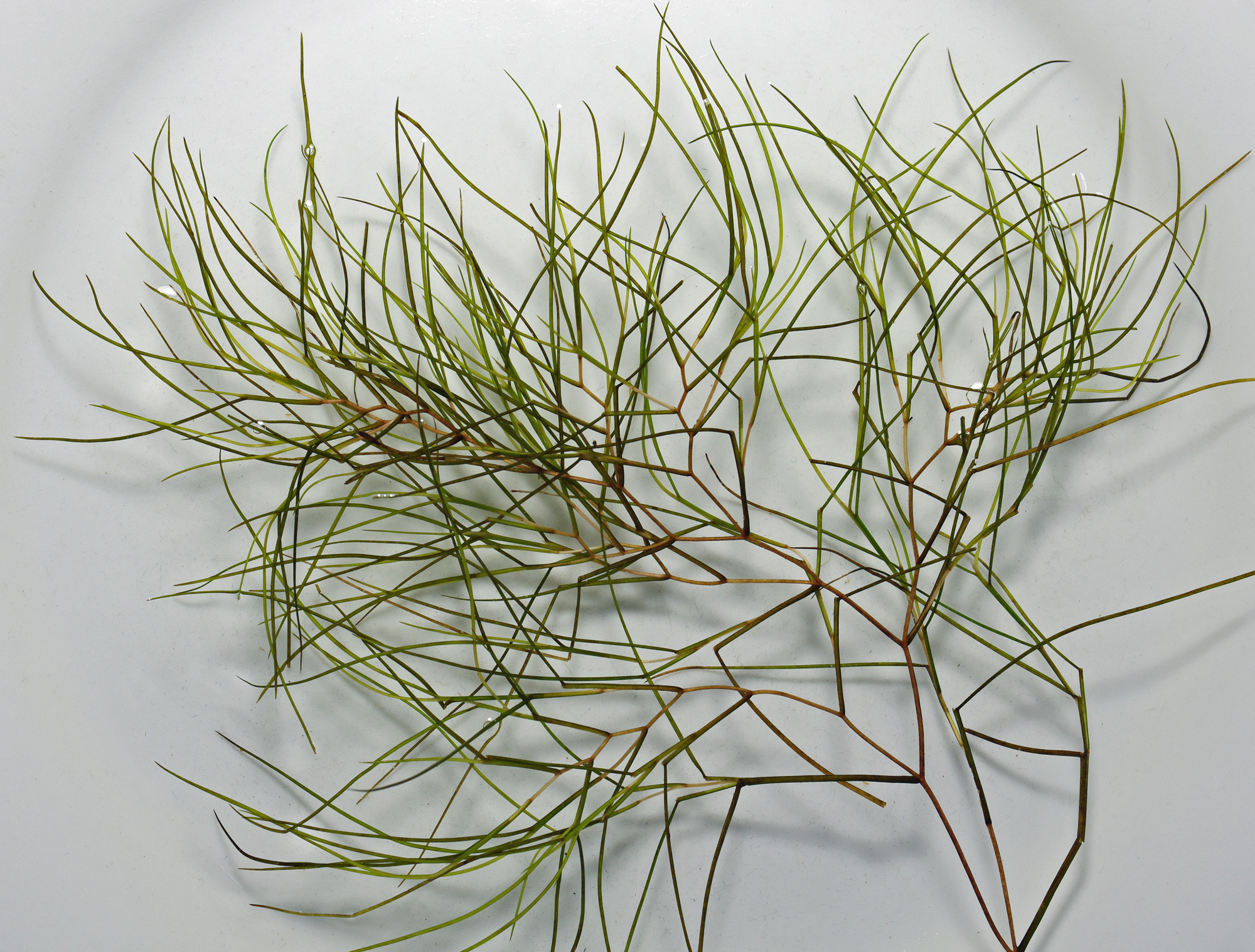
Sago Pondweed is bushy in appearance with thread like leaves growing one to six inches long. A spreading of the leaves in the water resembles a fan.
Water Buttercup (Crowfoot) Management & Control
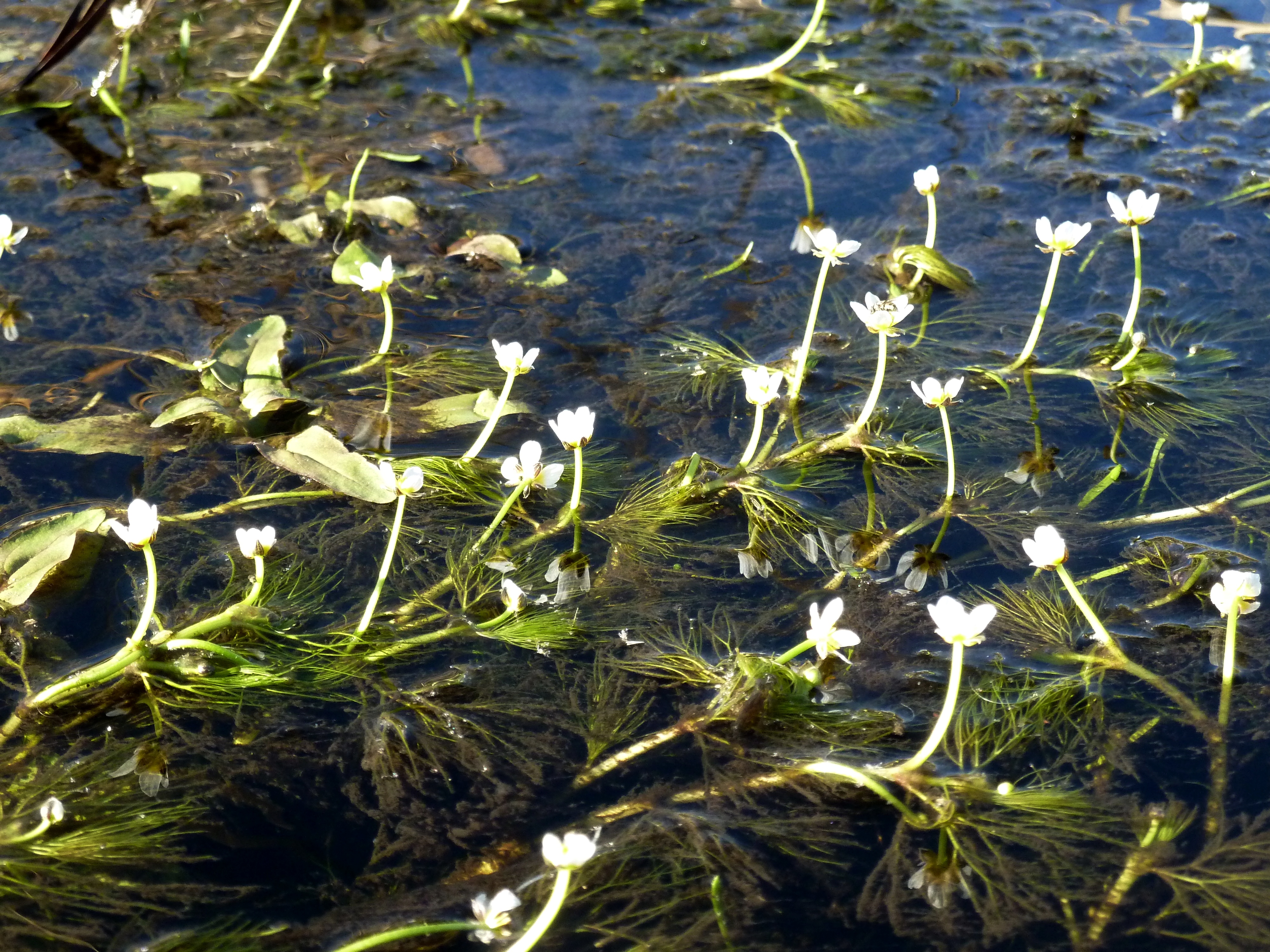
Many water-buttercup plants have two distinct types of leaves: very finely divided, thread-like, fan-shaped underwater leaves, and floating or emerged leaves that appear scalloped. Often only the underwater leaves are present.
Water Stargrass Management & Control

Water Stargrass has long stems and leaves that are grass like in appearance. The flower is small, yellow and star-shaped. Water Stargrass is found throughout the United States.
Widgeon Grass Management & Control
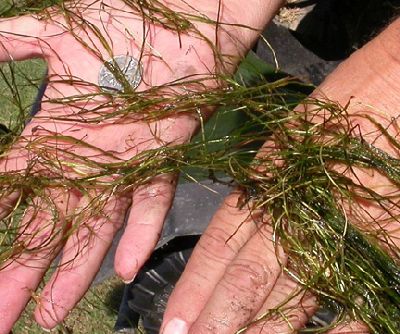
Widgeon grass belongs to the ditch-grass family (Ruppiaceae) and is a submersed aquatic grass. The stems are simple or branched, and the leaves are alternate and threadlike. The leaves reach a maximum length of 10 cm (4 in) and width of 0.6 mm.

